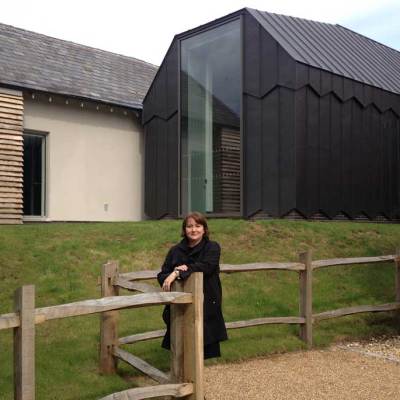In this ongoing series, Apollo previews a range of international exhibitions, asking curators to reveal their personal highlights and curatorial impulses. Anne Umland is the curator of ‘Magritte: The Mystery of the Ordinary, 1926–1938’ at MoMA
Tell us a bit about the exhibition…
The exhibition examines Magritte’s breakthrough years; the years when he became the artist we recognise as Magritte. The goal is to offer fresh insight into his identity as a modern artist and Surrealist painter.
What makes this a distinctive show?
It shows paintings, collages, and objects, as well as a selection of photographs, periodicals, and early commercial work, made in a 13-year period between 1926 and 1938. In contrast, most exhibitions of his work have been retrospectives.
How did you come to curate this exhibition?
Since the last major museum exhibition of Magritte’s work in New York was a retrospective in 1992, over 20 years ago, at the Metropolitan Museum, I wanted to show his work to a new generation. But I also wanted to show him in a new light by focusing on a specific time period.
What is likely to be the highlight of the exhibition?
While I hope there are many highlights in the exhibition rather than one, a painting I am particularly thrilled to display is the beautiful Attempting the Impossible from 1928, which is one of Magritte’s most direct interrogations of the act of painting. It comes to us from the Toyota Municipal Museum of Art in Japan.
And what’s been the most exciting personal discovery for you?
I was surprised at first by the dark and dramatic palette of many of his early works from this period, especially from 1926–1928. I think this aspect of Magritte’s work is not well known but becomes quite evident upon closer study.
What’s the greatest challenge you’ve faced in preparing this exhibition?
This was Magritte’s most prolific and inventive period so the greatest challenge was choosing and limiting which works to include, particularly as I wanted each painting to have a lot of space in the gallery.
How are you using the gallery space? What challenges will the hang/installation pose?
I was inspired by David Sylvester’s 1969 show held at the Tate in London to give each painting, to the extent possible, its own wall. In this way, viewers will encounter each painting on its own. Even when paintings are grouped together, they are amply spaced. This is intended to encourage close looking at individual works.
Which other works would you have liked to have included?
We were very lucky that we received many generous loans. We would have liked to include The Empty Mask from the National Museum of Wales but it wasn’t allowed to travel due to condition concerns.
‘Magritte: The Mystery of the Ordinary, 1926–1938’ is at the Museum of Modern Art (MoMA) from 28 September 2013–12 January 2014.



